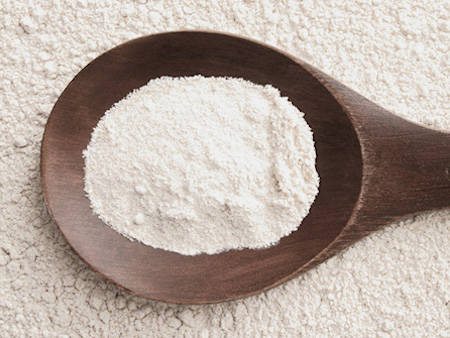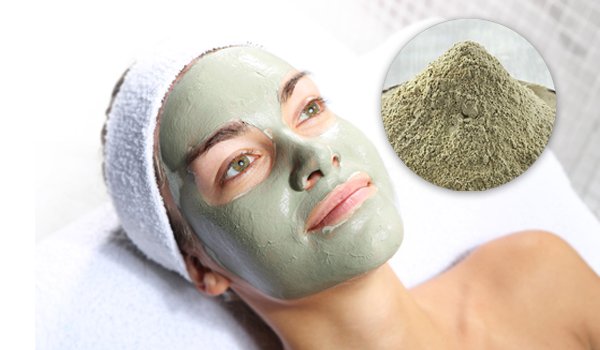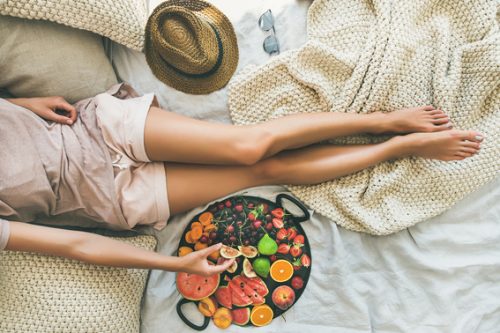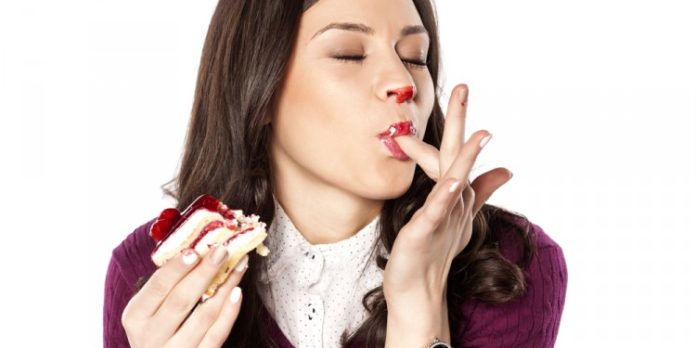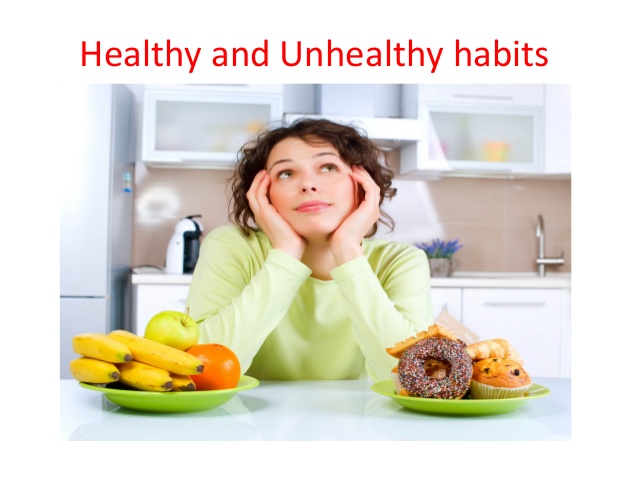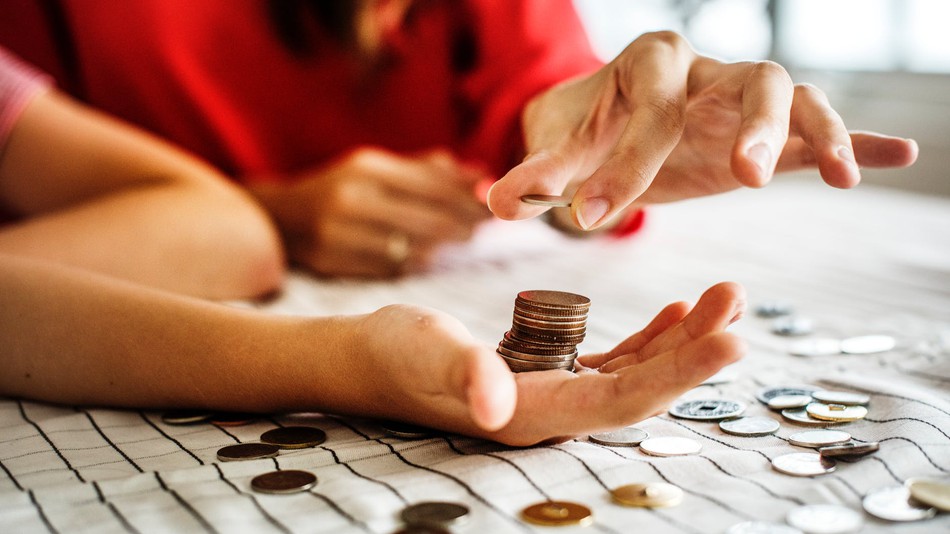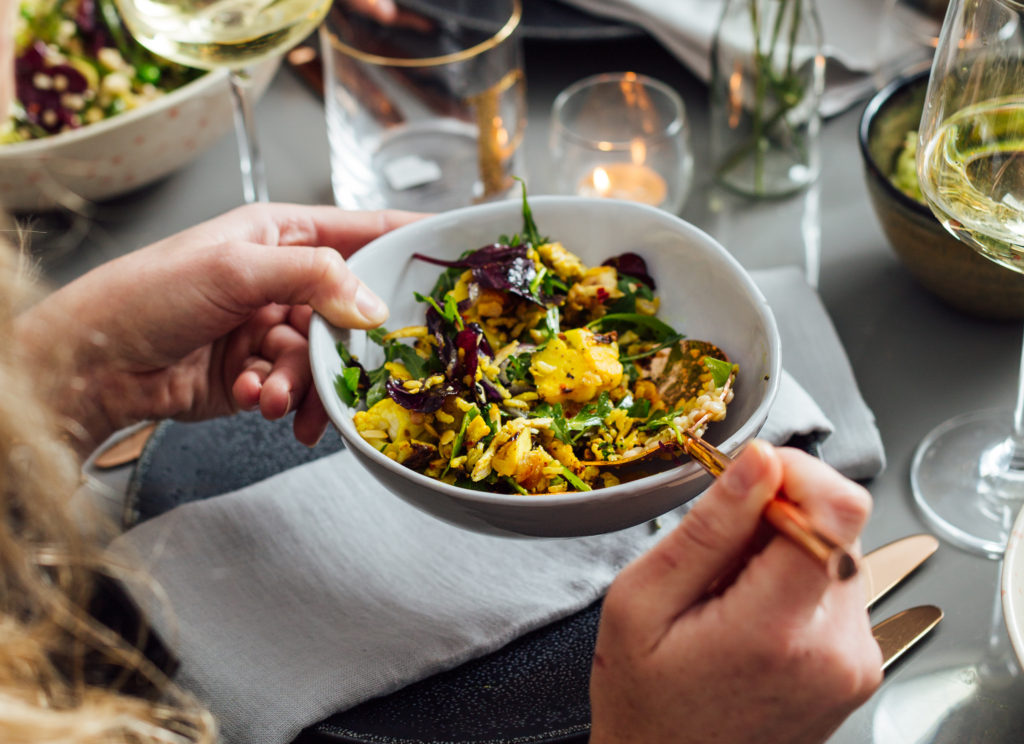We all go through periods when our cravings get the best of us. The brain seems to take on a life of it’s own, demanding that we make it happy right now!
You may have heard that cravings can be caused by nutrient deficiencies and wondered if that could explain these compulsions for pickles, brownies and potato chips.
Though it’s possible for cravings to signal a body’s need for certain nutrients—particularly if you’ve been depriving yourself while on a diet—it rarely happens in America, where most of us have access to plenty of food. Instead, your cravings are more likely all in your head.
Your brain, that is.
Most Likely, It’s Not Nutrients You’re Missing
Some articles will tell you that if you’re craving certain foods, you’re missing certain nutrients. Studies linking the two are scarce, though, and because people in different cultures crave different foods, it follows that cravings are more complex than what can be explained by a reaction to a nutrient deficiency.
“For decades,” writes Melinda Beck for Wall Street Journal, “researchers surmised that food cravings were the body’s subconscious effort to correct nutritional deficiencies…..But a growing body of research casts doubt on the nutritional-deficiency notion. After all, few people crave vitamin-rich green leafy vegetables” or other foods that provide a good supply of the supposedly deficient nutrient.
Peter Pressman of the Cedars Sinai Medical Center in Beverly Hills, Calif. and Roger Clemens of the University of Southern California School of Pharmacy agree that most food cravings are usually not linked to nutrient deficiencies, unless a person is restricting their diet somehow:
“In some individuals food cravings and dietary restriction may be related; however, these observations are inconsistent with the majority of published studies.”
What scientists are finding instead is that food cravings are a bit more complicated, and involve the following factors:
- Brain chemistry: A number of studies have shown that cravings may be related to an imbalance of neurotransmitters in the brain. More on that below.
- How you’re feeling: Scientists have determined that the regions of the brain activated by food cravings are the same as those areas involved in drug cravings. In other words, we seek out certain foods to satisfy reward centers in the brain.
- Your culture: Chocolate is the most-craved food in America, but sushi is coveted in Japan.
- Environmental cues: Even if you promise to avoid movie popcorn, when you go to the theater, see the line, and smell the oil, it becomes more difficult to resist. “When you’ve come to associate certain times, places, or activities with a particular food,” says Carrie Dennett, MPH, RDN, CD, “you’ve developed a hard-to-break habit.”
- What you usually eat: A 2004 study also found that what you regularly eat affects what foods you crave. Half of the participants were given only a vanilla-flavored “Boost” nutritional drink for five days, but after they returned to their regular diet guess what they craved? More vanilla Boost!
In women, who typically experience cravings more often then men, hormonal fluctuations can also play a part (read more about that here), but we can see here that all of these factors involve the brain.
Though we don’t have it all figured out yet, we do know that how you feel when craving a food may have a lot to do with why you’re craving it.
Endorphins are actually natural opiates, acting on pathways in the central nervous system in much the same way that drugs like morphine and heroine do.Though we don’t have it all figured out yet, we do know that how you feel when craving a food may have a lot to do with why you’re craving it.
When Your Brain Compels You to Eat
Whether you feel good or bad, happy or sad, can be traced to the chemistry going on in your brain. For many women (though not all), not having enough neurotransmitters—those messengers that relay signals between the brain and the body—can be enough to trigger a craving.
Serotonin
Serotonin, for example, the “feel good” neurotransmitter often found to be low in patients with depression, can also cause you to crave carbohydrates. Researchers found that consuming carbohydrates increases how much serotonin is released, showing that food intake is directly linked to mood.
“[M]any patients learn to overeat carbohydrates (particularly snack foods, like potato chips or pastries, which are rich in carbohydrates and fats),” they wrote, “to make themselves feel better.”
Studies in the 1980s determined that when researchers administered a drug that increased serotonin levels, participants did not experience as many cravings for carbs, and were able to lose weight. They also found that patients suffering from seasonal affective disorder (SAD), premenstrual syndrome, and depression, who were suffering from cravings for carbs at the same time, could potentially find relief for both conditions by boosting serotonin.
Dopamine
A low level of dopamine can also trigger cravings. In a 2011 study, researchers noted that certain foods, especially those high in sugar and fat, are “potent rewards,” and that when we eat these foods, the brain releases more dopamine, which helps us to feel pleasure. Some studies have found that when dopamine levels are reduced, cravings increase.
Another 2011 study connected dopamine with salt cravings. They gave animal subjects that had a robust appetite for sodium a drug that blocked dopamine receptors—which reduced their craving for sodium. The results showed that the animals hunger for salt was a response to activities in the brain similar to those associated with addiction to opiates and cocaine.
Dopamine helps us resist food cravings—it’s involved in self-control, and is often called the “motivation molecule.” If we don’t have enough, or if it’s being disrupted somehow, we may have a harder time saying “no” to that chocolate bar or bag of potato chips. (We may also feel less motivated in general.) In fact, studies have found lower levels of dopamine in obese individuals.
Dopamine is such a powerful neurotransmitter that normalizing levels in alcoholics reduced their cravings for alcohol.
GABA
GABA (gamma-aminobutyric acid), also called the “relaxing” neurotransmitter, can also be involved in cravings if you don’t have enough. If you’re feeling stressed out or overly anxious, you may be short on GABA, which could stimulate cravings for carbs or alcohol.

How Food Can Satisfy Your “Feel-Good” Cravings
In addition to neurotransmitters, the brain is also affected by substances called “endorphins.” These are morphine-like chemicals that help diminish pain and trigger positive feelings. In fact, they’re called the body’s natural pain relievers. If you are a regular exerciser, you probably experienced that “endorphin high” after a particularly good workout.
Endorphins are actually natural opiates, acting on pathways in the central nervous system in much the same way that drugs like morphine and heroine do. Would you be surprised to learn that some foods can do the same thing?
Sugar, in particular, has been found to have opiate-like effects on the brain, increasing endorphin levels. If we eat too much of it, though, we become desensitized, and then require more and more. This is why eating sugar can lead us to craving more sugar if we’re not careful.
Chocolate, too, has been found to increase endorphin levels. Now we can see why it’s the number-one food craved by American women. We turn to it when we’re anxious, feeling down, stressed, or when we want that reward for a job well done.
“Chocolate is a natural analgesic, or painkiller,” said Adam Drewnowski of the University of Michigan. Other researchers have found that chocolate contains “anandamide,” which is produced naturally in the brain and activates the same target that marijuana does.
We Crave Food to Feel Better
Examining all this evidence, we can see that our cravings are often tied to our desire to feel good. It may be that we want to ease our stress, anxiety, or emotional pain, or we may just want to improve our mood or enjoy a reward for all the work we’ve been putting in.
Deborah Waterhouse, author of Why Women Need Chocolate, told CNN that chocolate was “Mother Nature’s solution via food cravings to try to elevate those chemicals, help us feel better and to function more efficiently. We will crave chocolate or some other food that has sugar and fat to help bring those chemicals back into balance.”
So what do you do when these cravings strike? In addition to the suggestions we provided here, we have some clear action steps:
- Give in: But only a little. Try a small serving of whatever it is you’re craving. A high-quality piece of dark chocolate with at least 70% cocoa is a good option.
- Check your diet: Are you skipping breakfast? Have you failed to get in enough fiber and protein with each meal? Have you been too low on carbs lately? You may want to talk with a dietician or nutritionist to see how you can better balance your food intake to help avoid cravings.
- Think ahead: When the brain craves something, all it’s thinking about is how it will feel to consume that food. You can help yourself resist by thinking ahead to how you’ll feel after eating the food. Will you feel guilty? Will you mess up your weight loss goals? Try to equate the food with the negative consequence to improve your resistance.
- Choose foods that boost neurotransmitters: Several foods contain nutrients that boost levels of serotonin, dopamine, and other feel-good neurotransmitters. Some examples include brown rice, eggs, dairy products, fish, spinach, nuts, fruits, turkey, and dark chocolate.
- Find other ways to reward yourself/feel good: This is probably the most important of the five. Whenever you feel a craving, stop and ask yourself why. Are you really hungry? (If so, you’ll be just as happy eating a salad as ice cream.) Or are you experiencing an emotion that’s compelling you to eat? Try to identify the emotion, and then choose another way to deal with it. It’s best if you write down a list beforehand (we don’t tend to think clearly when under the influence of a craving). Maybe you can spend time with a pet to soothe negative feelings, put on some upbeat music to feel better, take a hot bath to soothe stress, or engage in a new hobby to offset boredom. The options are endless—what works for you?




